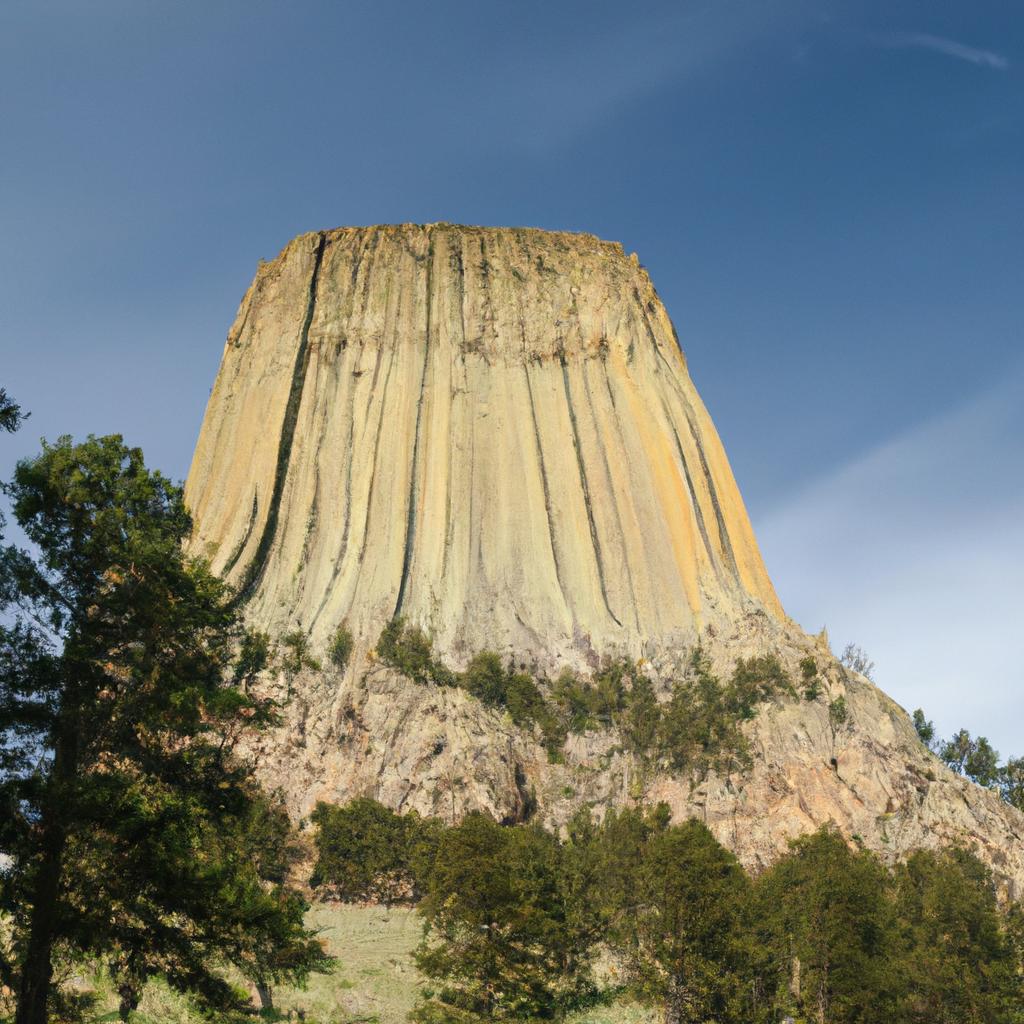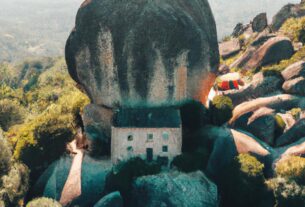Devil’s Tower, the towering rock formation nestled in the Black Hills of Wyoming, is undeniably one of the most iconic landmarks in the United States. Its grandeur has sparked numerous myths and legends throughout history. However, what many people are unaware of is the deep and intricate history of Devil’s Tower, which originates from the rich tapestry of Native American culture.
The Original Name: Bear Lodge
The Lakota people, who have inhabited the area for thousands of years, originally named Devil’s Tower “Bear Lodge.” To truly comprehend the significance of this name, one must understand the profound reverence the bear holds in Native American culture. The bear symbolizes healing, strength, and wisdom. Bear Lodge, according to the Lakota people, is a place of spiritual power where individuals can connect with the divine and gain insight into the universe’s mysteries.
Regrettably, the arrival of Europeans in the area marked a name change for the monument. In 1875, Colonel Richard Irving Dodge, a geologist and military officer, mistakenly named it “Devil’s Tower.” This misinterpretation stemmed from the Lakota word “Mato Tipila,” which translates to “Bear Lodge.” Subsequently, “Devil’s Tower” gained widespread usage and became the official name of the monument.
Understanding the original name of Devil’s Tower surpasses mere historical correction. It is about honoring Native American culture and their rich heritage. The ongoing debate surrounding the name change presents an opportunity for reconciliation and respect. Furthermore, it allows for educating the public about the diverse and vibrant cultures within Native American communities.
In conclusion, the original name of Devil’s Tower, “Bear Lodge,” is profoundly intertwined with Native American culture and history. Recognizing and respecting this name is essential to honor the traditions of the Lakota people and other Native American communities. As our society continues to evolve, it is crucial to acknowledge and appreciate the contributions and experiences of all cultures, particularly those that predate our own.
The Legend of Bear Lodge
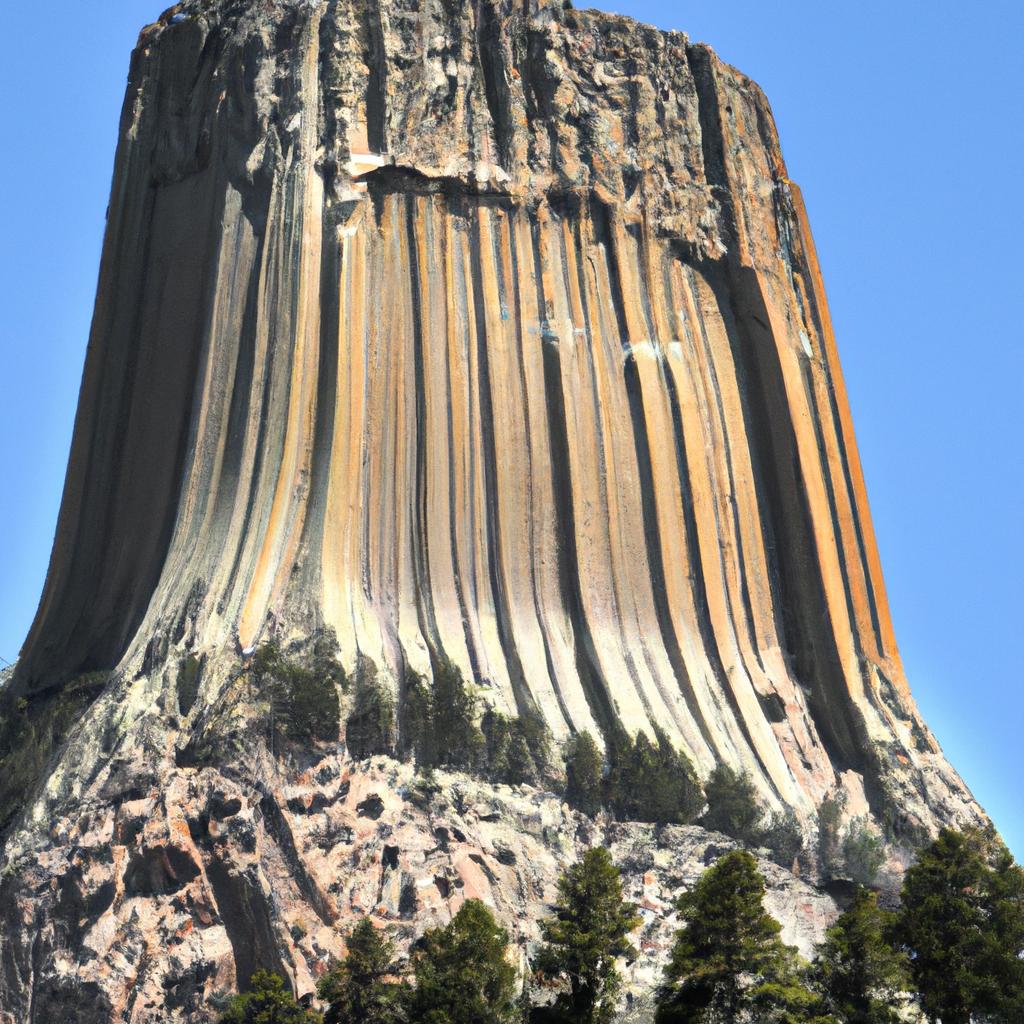
The Lakota Legend
According to Lakota legend, two young girls found themselves pursued by a massive bear while playing in the hills. Desperate, they sought refuge on a rock formation. Praying to the Great Spirit for help, the rock began to ascend, carrying the girls to safety. The bear clawed at the rock, leaving indelible grooves. Finally, the rock rose to the heavens, transforming into the constellation known as Pleiades.
To the Lakota people, the very same rock formation became Bear Lodge, or Devil’s Tower. This story is just one of many legends associated with the monument, exemplifying the bear’s significance in Lakota mythology.
The Bear’s Symbolism in Native American Culture
The bear holds tremendous importance in Native American culture, symbolizing strength, wisdom, and healing. It also embodies the earth’s power and the cycles of life and death. Numerous Native American tribes hold the bear in high regard, attributing supernatural abilities to it.
The Lakota people, in particular, share a deep connection with the bear. They view it as a sacred creature, capable of bridging the gap between the physical and spiritual realms. The tale of the bear and the girls encapsulates the bear’s profound presence in Lakota mythology.
The Naming of the Monument as “Bear Lodge”
Given the bear’s significance in Native American culture, it comes as no surprise that the Lakota people christened the monument “Bear Lodge.” This name reflects the spiritual sanctuary the monument represents, intimately tied to the bear. According to the Lakota people, Bear Lodge serves as a sacred site for individuals seeking divine connection and enlightenment.
Unfortunately, with the European arrival in the area, the monument underwent a significant name change. In 1875, Colonel Richard Irving Dodge mistakenly chose the name “Devil’s Tower,” misinterpreting the Lakota term “Mato Tipila” as such. Despite subsequent efforts to revert to the original name, “Devil’s Tower” remains its official designation.
Other Native American Names for Devil’s Tower
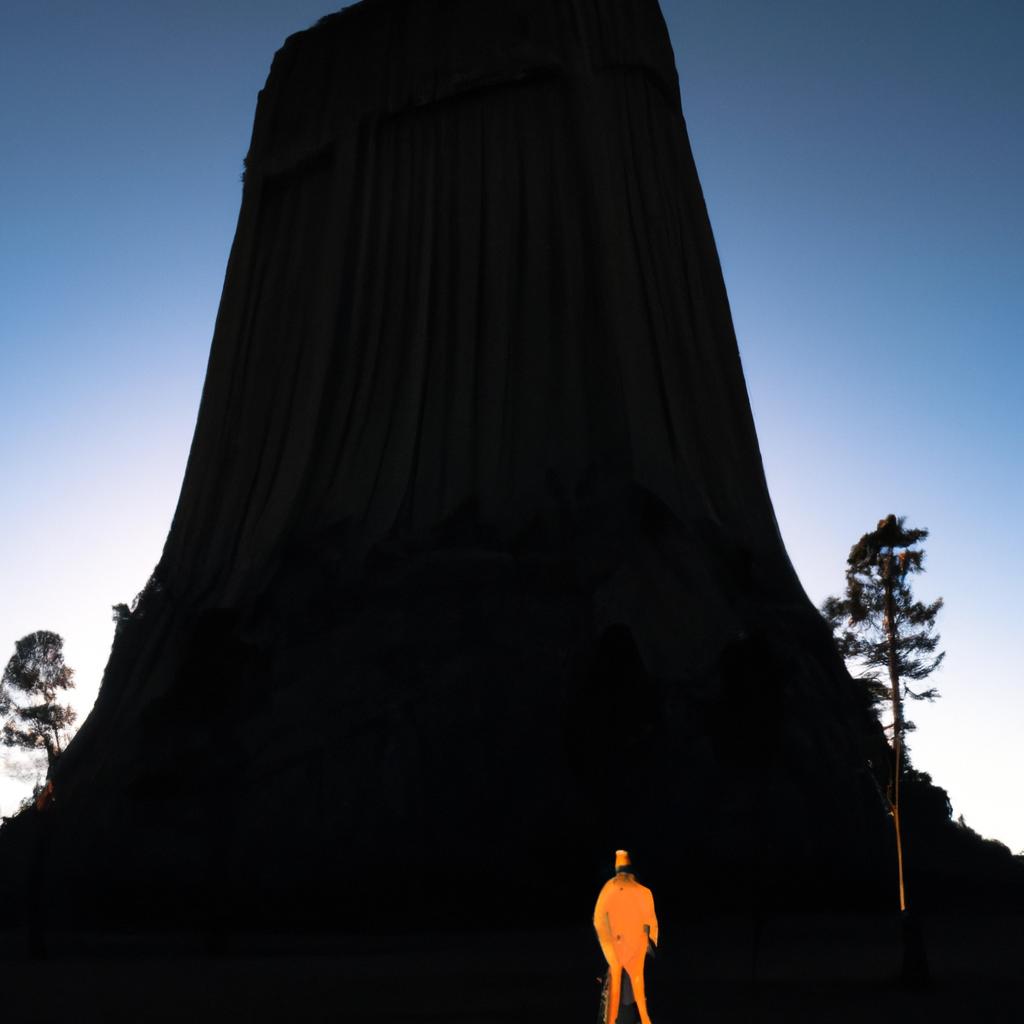
Native American culture boasts a vast array of diverse names for Devil’s Tower throughout history. Here are some of the alternative names given by different tribes:
The Cheyenne Name
The Cheyenne people refer to Devil’s Tower as “Bear’s Tipi” or “Grizzly Bear Lodge.” This name also honors the bear’s significance in Native American culture, representing strength, courage, and protection.
The Crow Name
The Crow people call Devil’s Tower “Bear’s Lodge” or “Bear’s Tipi.” Similar to the Lakota and Cheyenne names, this is a testament to the bear’s spiritual importance and its connection to the divine.
The Arapaho Name
The Arapaho people identify Devil’s Tower as “Bear’s House” or “Bear’s Lair.” This name also underscores the bear’s crucial role in Native American culture, highlighting the monument as a sacred space facilitating connection with the spiritual realm.
Beyond their literal meaning, these names hold immense cultural and historical significance. They reflect a deep connection to the land, the natural world, and a spiritual realm. For Native American communities, these names embody their way of life, passed down through generations.
In conclusion, the diverse Native American names for Devil’s Tower encapsulate the richness and diversity of Native American culture. Each name carries a unique significance, granting insights into different tribes’ spiritual beliefs and practices. It is crucial to honor and respect these names and the cultures they represent as we strive for growth and understanding.
The European Arrival and the Naming of Devil’s Tower
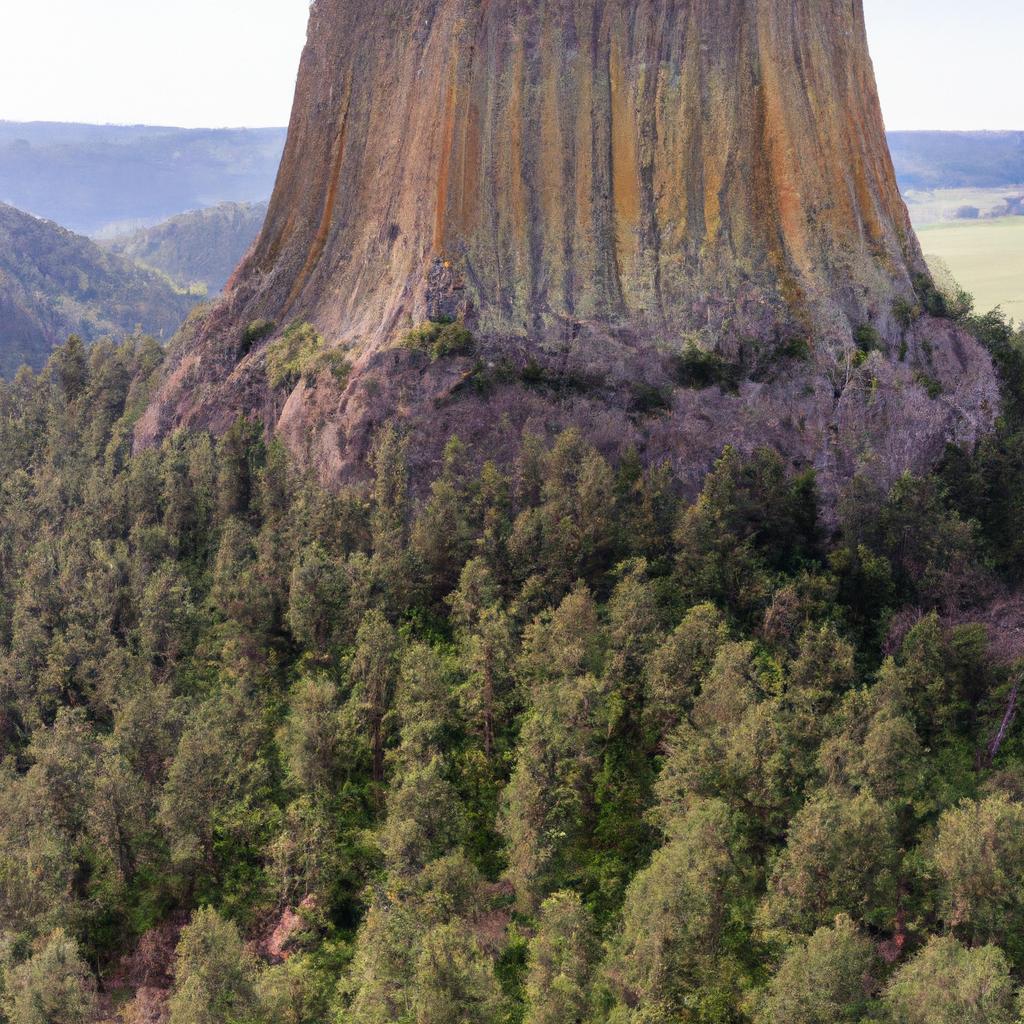
The Arrival of European Settlers and Explorers
The advent of European settlers and explorers brought about significant changes in Devil’s Tower’s history. While Native American communities had resided in the area for millennia, the arrival of Europeans introduced new perspectives and ideas that would shape the monument’s future.
The Naming of the Monument by Colonel Richard Irving Dodge
In 1875, Colonel Richard Irving Dodge, a geologist and military officer, bestowed the name “Devil’s Tower” upon the monument. This decision stemmed from a misinterpretation of the Lakota term “Mato Tipila,” mistakenly translating it as such. Colonel Dodge’s naming of the monument not only constituted a historical inaccuracy but also exemplified the prevailing lack of understanding and respect for Native American culture.
The Historical Context of the Naming
Colonel Dodge’s christening of Devil’s Tower occurred during a tumultuous period in the United States’ history. The nation was still healing from the wounds of the Civil War, and tensions between Native American communities and the government ran high. Many European settlers regarded Native American culture as inferior and perceived their way of life as a threat. Thus, the naming of the monument as “Devil’s Tower” reflected this attitude and the lack of comprehension regarding Native American culture and history.
In conclusion, the arrival of European settlers and explorers heralded significant changes in Devil’s Tower’s history, culminating in Colonel Richard Irving Dodge naming the monument. This naming not only displayed a lack of understanding and respect for Native American culture and history but also serves as a reminder of the ongoing struggle for recognition and reconciliation of Native American communities.
The Controversy Surrounding the Name of Devil’s Tower
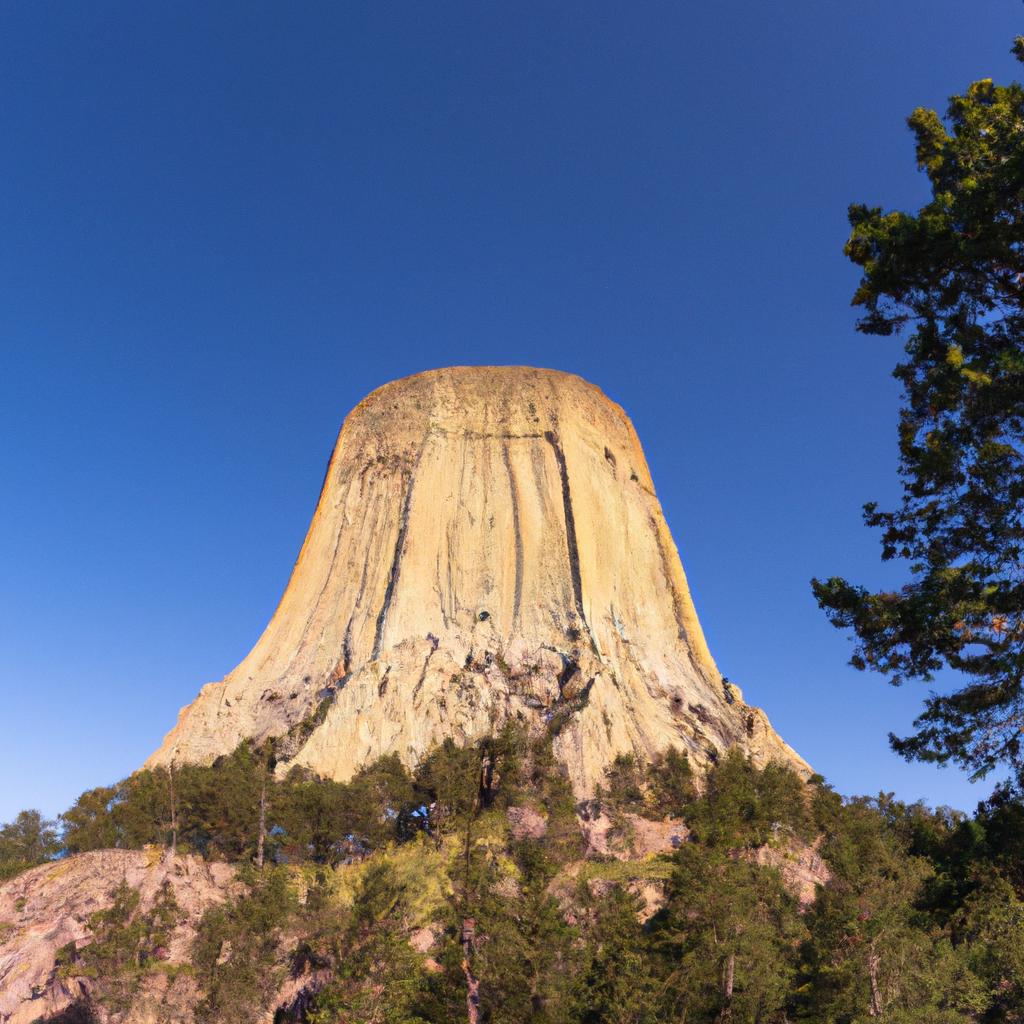
The name of Devil’s Tower has been the subject of controversy for decades. The ongoing debate regarding changing the name revolves around the perception that “Devil’s Tower” not only constitutes a misnomer but also displays disrespect for Native American culture and history.
The Debate over Changing the Name of the Monument
The discussion surrounding the name change of Devil’s Tower has persisted over the years, with various groups and individuals taking divergent stances. While the monument is officially known as “Devil’s Tower,” many Native American communities, including the Lakota people, continue to refer to it as “Bear Lodge.” The central question remains whether the monument’s name should be altered to reflect its original nomenclature or remain unchanged.
The Arguments for and Against Changing the Name
Advocates for changing the name argue that it represents a matter of respect for Native American culture and history. They contend that “Devil’s Tower” is a misnomer that perpetuates a historical error, demanding correction. In their viewpoint, modifying the name would symbolize reconciliation and respect, fostering healing from past wounds.
Opponents to changing the name posit that such a course of action would be needless and costly. They maintain that “Devil’s Tower” has been in use for over a century and altering it would result in confusion and disrupt established traditions. Furthermore, they assert that the name never intended to disrespect Native American culture and history, warranting its preservation.
The Importance of Respecting Native American Culture and History
Irrespective of one’s position in the debate, appreciating the significance of respecting Native American culture and history is paramount. The discourse surrounding Devil’s Tower’s name exemplifies how Native American communities have been marginalized and oppressed throughout history. As a society, it is our duty to honor and respect the traditions and experiences of all cultures, including those predating our own.
In conclusion, the controversy encompassing Devil’s Tower’s name is a multifaceted issue necessitating meticulous consideration and profound respect for Native American culture and history. Whether the monument’s name should change remains a topic of debate. Nevertheless, it is abundantly clear that we must collectively recognize and honor the contributions and experiences of all cultures.
Conclusion
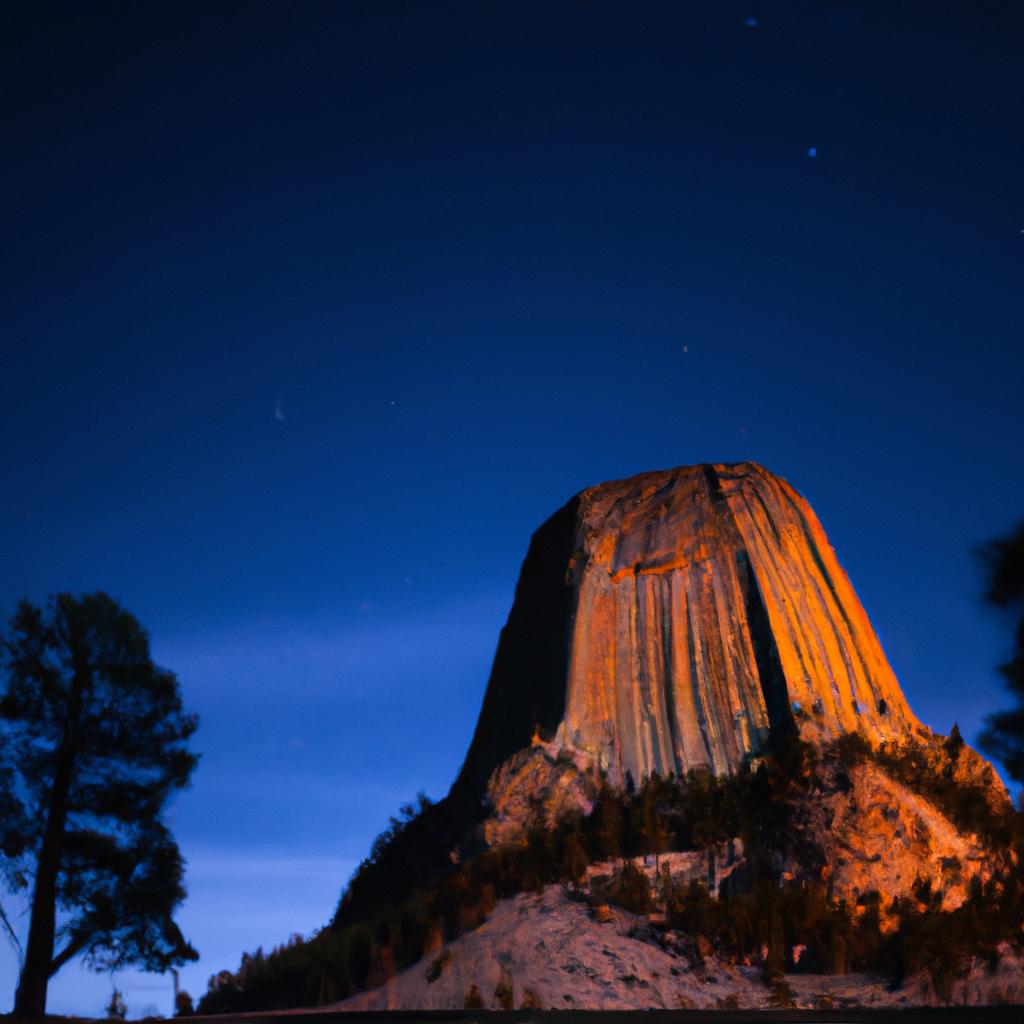
In conclusion, the enthralling history of Devil’s Tower and its original name underscores the importance of understanding and respecting Native American culture. “Bear Lodge,” the initial name bestowed upon the monument by the Lakota people, carries immense spiritual and cultural significance that must not be disregarded.
While “Devil’s Tower” has prevailed as the prevalent name for many years, the time has come to contemplate restoring its original name as a symbol of respect and reconciliation. This act would not only convey a powerful message to Native American communities but also offer an opportunity to educate the public about the diverse and vibrant cultures that comprise our nation.
As a society, we bear the responsibility of honoring and celebrating the traditions of all cultures, including those that preceded us. TooLacks ardently commits to providing information about nature, gardening, and animals while acknowledging and respecting the history and traditions that have shaped our world. Let us continue to learn and grow together, fostering deep appreciation for the diverse and bountiful human experience.
